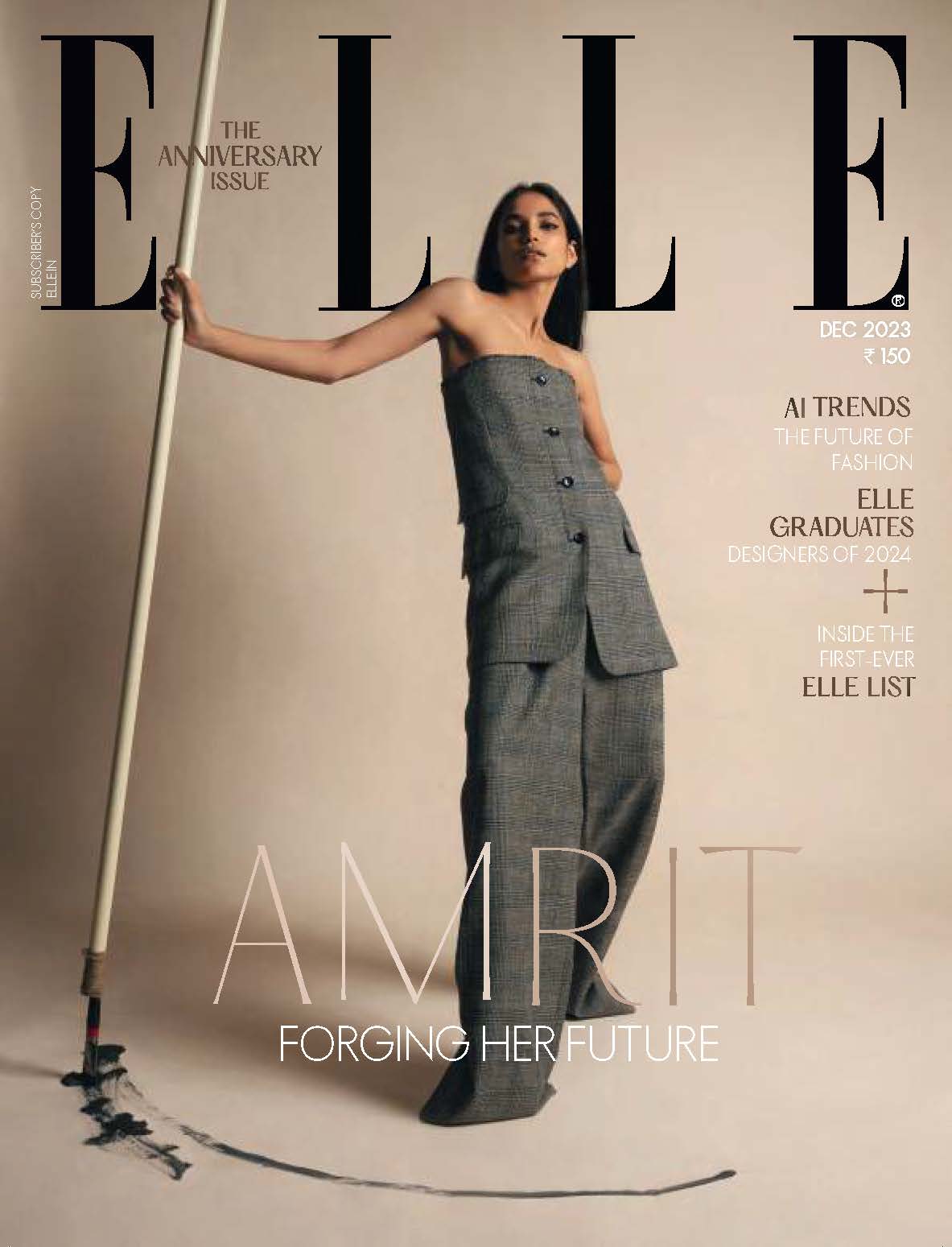There’s a silent shake-up underway at London’s biggest museums, and 23-year-old art history graduate Alice Procter is leading it. In June 2017, she started Uncomfortable Art Tours — unauthorised guided trips to major institutions like National Gallery, National Portrait Gallery, Victoria And Albert Museum, British Museum, Tate Britain and National Maritime Museum that lay bare the truth behind Britain’s colonial art. At university, Procter was thrown by how little some of her peers knew about the British Empire.
“The history of colonialism is shockingly under-represented. London was completely shaped by the Empire, but most people don’t know that because they’re unaware of what to look for. I use art as my way in,” she says. Her audience usually includes students and people with a connection to former colonies who are looking to explore the depictions of their heritage in London today. “There is little representation of persons of colour in British museums, and what there is, is usually caricatured and based on stereotypes and racist ideas. My tours are a chance for us to address the biases of these spaces and discuss how they shape our engagement with the past,” she says.

ELLE: What kind of research goes into planning a typical Uncomfortable Art Tour?
Alice Procter: I start with walking around the gallery, and see what’s visually engaging. Then, I research the history of the collections. Sometimes, the stories are obvious, such as Colonel Mordaunt’s Cock Match at the Tate, which shows the British mocking the court of Asaf-Ud-Daula, the nawab wazir of Oudh. But not all are as straightforward.

ELLE: What are the standout Indian works you’ve spotted?
AP: Victoria And Albert Museum has most of the East India Company collection, so there are huge amounts of stolen and imported items there. Many come from the court of Tipu Sultan, including the famous Tippoo’s Tiger, and items looted during the Siege of Seringapatam and the Anglo-Mysore Wars. There’s also Shah Jahan’s wine cup, made from white nephrite jade.

ELLE: Does the average Briton see these objects as plunder?
AP: People don’t see these works as “stolen” because they don’t know the story behind them. We’re used to treating museums as places of facts, and history as having a single voice. Undoing that, and learning to question who controls the narrative, takes time.

Photograph: George Procter (Banner of Captain Cook), Victoria And Albert Museum (Tippoo’s Tiger, Prince Alámayou)


